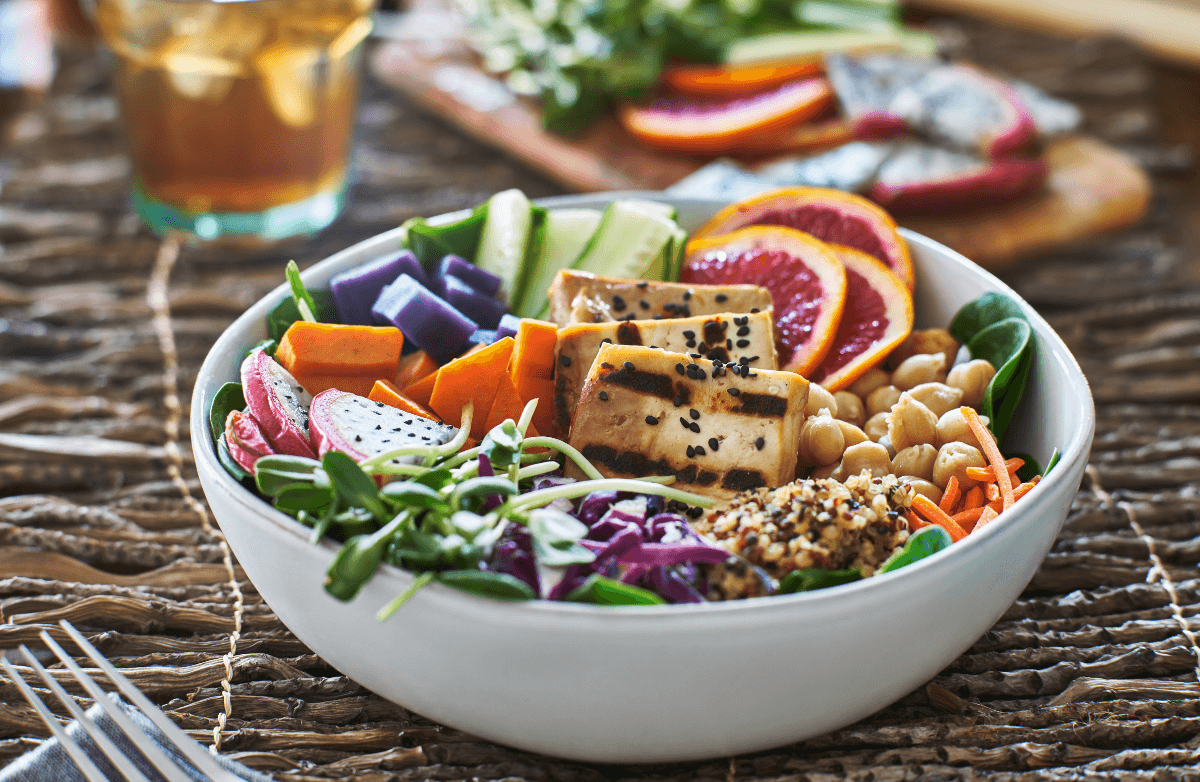According to the National Honey Board, the nutrients in honey include niacin, riboflavin, pantothenic acid (vitamin B5), calcium, copper, iron, magnesium, manganese, phosphorus, potassium and zinc. And recently, the discovery that honey is rich in antioxidants (substances that protect healthy tissue by destroying cell-damaging free radicals) has secured its place in healthy pantries worldwide. Antioxidants are thought to fight cancer, heart disease, Alzheimer’s, and other chronic conditions. In one study at the University of California Davis, research participants consumed about 4 tablespoons of honey daily along with eating their normal diets for one month. Blood tests revealed that this consumption raised the level of antioxidants in the bloodstreams of the participants. Generally, the highest levels of antioxidants come from the darkest colored honey.
Bees use nectar to make all types of honey, but the color and flavor of the honey will vary greatly depending on the type of flower blossoms the nectar came from. Honey can range from a very pale golden color to dark brown, and its flavor can vary just as much. There are over 300 varieties of honey in the United States alone, including alfalfa, avocado, buckwheat, and orange blossom. Generally, the darker the honey is, the bolder its flavor will be.
After honey is collected from a beehive, there are a variety of ways it may be processed before it reaches store shelves:
- Comb honey. This is honey packaged exactly the way it comes out of the bee hive, still in the bees’ wax comb, and completely unprocessed.
- Raw honey. This honey has been filtered of its wax chunks and large particles but is not pasteurized (heated above 120 degrees Fahrenheit to extend shelf life). Because honey is naturally low in bacteria, pasteurization isn't necessary. Raw honey usually contains some residual pollen and small particles of wax.
- Chunk honey. Similar to comb honey, this product consists of a few chunks of wax comb surrounded by liquid honey.
- Strained or filtered honey. This honey is similar to raw honey, but has been filtered through a finer mesh material to remove all wax. It still may include pollen.
- Ultra-filtered honey. This honey has undergone fine filtration under high pressure and heat (over 150 degrees Fahrenheit) to yield a very clear and longer lasting product.
Besides being good for your insides, honey has a host of external uses too. Due to its extremely low moisture content, it is a natural antibacterial agent. You might also consider incorporating honey into your daily beauty regiment. The humectant (moisture-attracting) property of honey makes it useful as a hair or skin mask. However, if sitting around drenched in honey doesn’t appeal to you, check out the large selection of honey-based hair and beauty products in natural food stores everywhere. Individuals with sensitive skin will appreciate honey’s anti-irritant qualities too—it is so gentle that it is often used as an ingredient in products made for babies and anyone with sensitive skin.
Although honey is safe for just about everyone, individuals who have problems with maintaining proper blood sugar levels should restrict their consumption of honey. This includes people who have hypoglycemia (low blood sugar), diabetes, and other sugar sensitivities. Another group who should abstain from honey is babies under one year of age, as they haven’t yet built up a resistance to the dormant bacteria that may be present in the honey. Some strict vegetarians also choose not to use honey because it is produced by bees.
Although it contains trace amounts of nutrients, honey is a carbohydrate-rich food that is approximately 80 percent sugar, so practice moderation when incorporating it into your diet. You'll please your palate and your body—now that's sweet!








.jpg)



